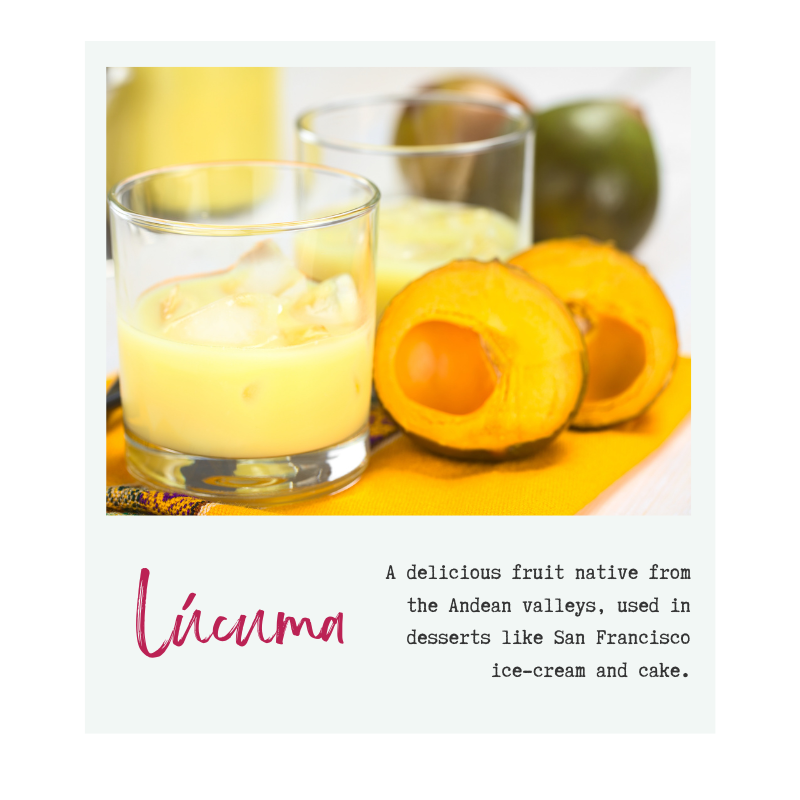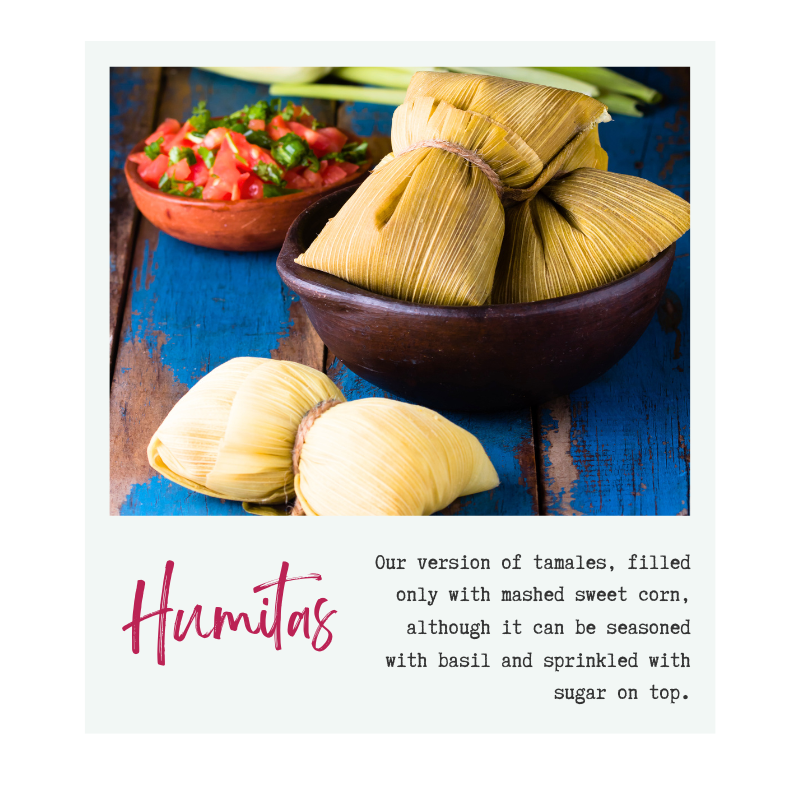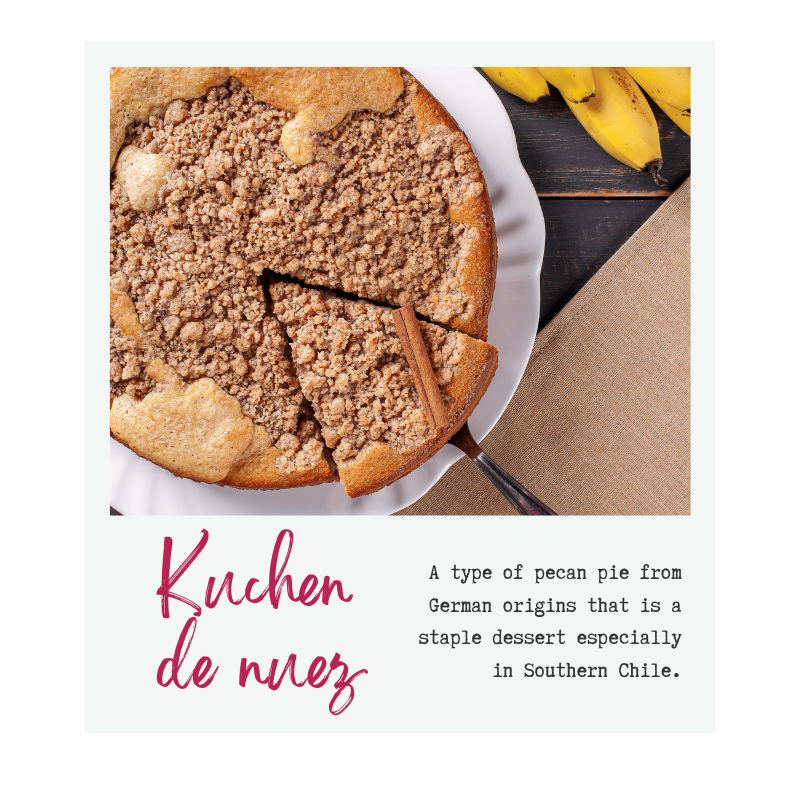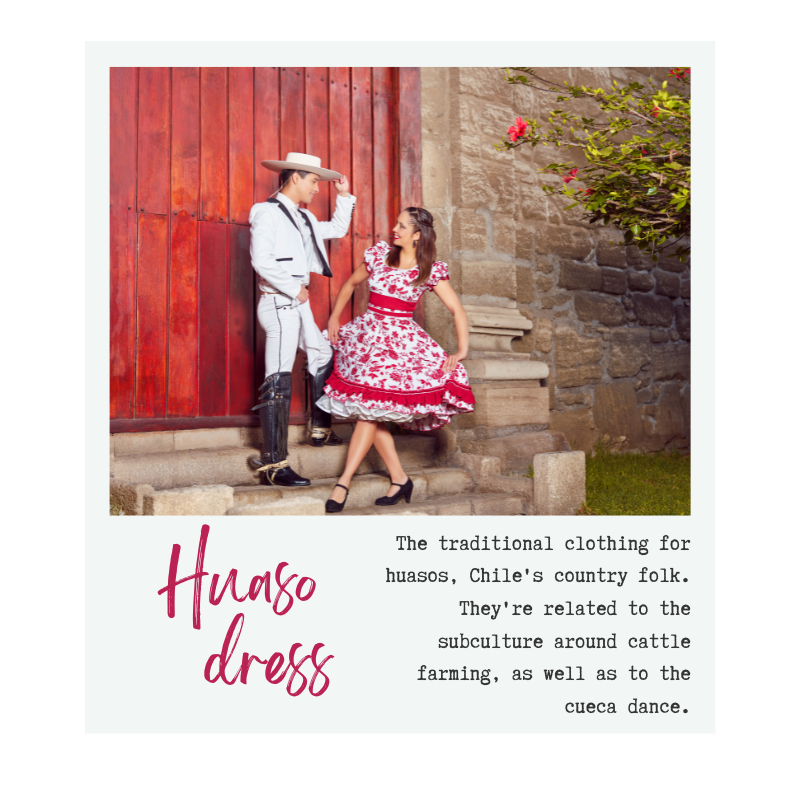Chilean culture in my romance book series
July 12, 2024 | General

In many ways, my ongoing romance book series, Cozy Latine Billionaires, is my love letter to Chilean culture. All but one main character is Latine, and the first three books are full of my roots. Now that Yours, Finally (the third book in the series) is here, I want to share the traces of my history that I imbued into Jake and Vi’s story.
Let’s start with one of my favorite traditions.
Once and its foods
I’m pretty sure that I mention once (like the number eleven in Spanish) in every book in the series, and absolutely certain that I mention it in Yours, For Now and Yours, Finally. There is speculation as to why we call this meal this way, the most popular one suggesting it’s a code word for aguardiente, a type of distilled spirit (with eleven letters).
The tradition has changed over the years. Where it used to be a snack, often linked to laborers in colonial times, now it serves as our “tea time” in the evening. In Chile, we don’t usually have dinner. We have once. Bread and things to add to it, like deli meats, cheese, tomato, eggs, or mashed avocado. Something sweet, like kuchen de nuez or manjar, and tea or coffee to accompany it. You can see a collection of once pictures at the Instagram account proyecto.once:
View this post on Instagram
I’ve always loved the simplicity of it, and the ability to eat intuitively by looking at the table and putting something together that looks appealing and satisfies your cravings. Inviting someone for oncecita (the suffix ito/a in Spanish denotes something small or endearing) is a gesture of affection and friendship, and one I still do with my friends up here in Canada.
Sometimes, for special occasions, we add special treats. Let me tell you more about the ones I mention in Yours, Finally.
Lúcuma
You probably don’t know much about this fruit, and I’d like to offer my most sincere condolences because you’re missing out. The lúcuma flavor is unique, and we use it in lots of desserts. The San Francisco ice cream that features the fruit and manjar is simply delicious, and a lúcuma cake is a classic as well.

I’ve tried finding this fruit here in Canada, and I have not been successful. My secret is that I have two frozen packs of lúcuma puré in the basement, which I hope will turn into a dessert one day. Cross your fingers that it won’t be freezer-burnt by the time I convince Mr. Leonor to make me something (he’s the baker in this multi-ethnic household).
While I haven’t had it in years, I imagined the Sotomayors have a way to get it that rich folk have access to and I don’t. But I think it’s still probably hard to find in North America, money privilege or not, which is why the character of Tía Sonia only gets a lúcuma cake for special occasions (as you’d have seen if you’ve already read Yours, Finally!).
Humitas
The Chilean version of tamales doesn’t have anything but mashed sweet corn in it. Sometimes it’s seasoned with a bit of basil. We usually sprinkle sugar on top, or eat it with a tomato salad. In the book, Tía Sonia takes a few out of the freezer for dinner: this is something we all learn to do in the summer. We make about a hundred humitas and freeze most of them, so we can have them throughout the year.

Kuchen de nuez
With the influx of German and Swiss immigrants to the south of Chile, we enjoy some of their influence in our national cuisine. Aside from delicious craft beer (my favorite being the Kunstmann Honey or Kunstmann Torobayo – I used to get these all the time back home), kuchen is a staple dessert. Kuchen de nuez, or pecan kuchen, is one of the most popular ones.

Other cultural notes
In Jake and Vi’s story, I also mention sincronizadas. I learned about this simple dish while in Mexico, and wanted to make room for it. The quesadilla-type dish, with both cheese and deli meat, is so easy to put together. Lina, my MC from Yours, For Now, makes sincronizadas for dinner in Yours, Finally, but adds a tomato salad to the meal. This very simple moment speaks of another of my own experiences as a migrant: when I was chatting about sincronizadas with a close Mexican friend here in my city, she told me people usually eat it with beans or pico de gallo. I jokingly complained it should be eaten with a tomato salad. We bickered about the differences between our cultures and inspiration struck. Now it’s Gabe and Lina who have a small clash over their own cultural differences for dinner!
Tío & Tía
The group of four friends this romance book series is based on call Sonia and Raúl tío and tía to make them happy. While these terms refer to uncles and aunts in Spanish, in Chile we use it for friends’ parents quite liberally. We may in fact use it for any adult who is a caregiver in some capacity, or sometimes even as a sign of respect for an older person. In my books, it’s a sign of affection for Raúl and Sonia, and it’s a reminder of their own culture. Gabe’s best friends use the titles just to please them.
Huaso/a dress
Jake has been symbolically adopted by the Sotomayors since he was a child, and so he’s done many things out of a sense of gratitude and deference to the family. One of these is learning Spanish, and learning about Chilean culture. It’s because of it that he mentions the traditional masc clothing for huasos.
Huasos are Chile’s country folk, and usually skilled horse riders. They are related to the Chilean subculture around cattle farming and large pieces of land; they also relate to the cueca dance, which I mention in Yours, Forever.

I have a few pictures pinned for this traditional attire in my Pinterest board for Jake and Vi!
Final words
I’m not sure how much of my culture will go into my next few books. Even though my heroines will always be Latine (and curvy!), the books I have planned for the next year and a half do not have Chilean main characters.
Of course, I will continue to incorporate details I’ve experienced, researched, or learned about my Latine ethnicity at large; there are things that unite us as Latin American peoples. Despite the unifying characteristics, granularity exists and those details that are common to the Chilean culture may not show up as clearly in the future. Even so, I’m thrilled I’ve been able to share so much with you through this romance book series!